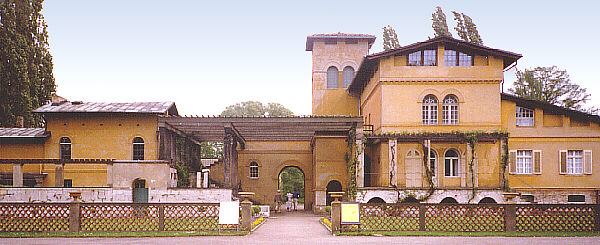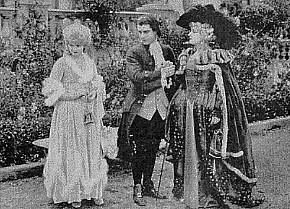1990

1998
...catalogue all the source data per building. ...collect everything--textual references, bibliographical notes, analysis notes, CAD drawings, and Piranesi's drawings.
...refer to the above project as the Encyclopedia Ichnographica.
1999
...discovery of the two states of Piranesi's Ichnographia Campus Martius today at the Fine Arts Library of the University of Pennsylvania.
2000
paradigm
2003
I found that Cornell and I had/have virtually identical kitchen sinks, and that Cornell's 'studio' looks very much like my basement.
Journalists will surely write about your art after it sells for lots of money. That's the only guarantee I can think of.
2004
"Reenactionary Bilocating Architecturism" by Saint Catherine de Ricci and Louis I. Kahn
2005
"De Spectaculis II" by Tertulian and Piranesi
| |
2006
OMA USA splitting from OMA Europe??

The Architecture of Split Ends
2008
Humans are perfectly capable of knowing the truth, however, humans that are openly truthful remain a rarity.
If real truthfulness didn't exist, then there wouldn't be anything to lie about.
2009
Here's a little of what I read this morning:
"Posthumous fame seems, then, to be the lot of the unclassifiable ones, that is, whose work neither fits the existing order nor introduces a new genre that lends itself to future classification. ... This is what society can least come to terms with and upon which it will always be very reluctant to bestow its seal of approval."

"Mother, I must marry her! She's going to be a famous Posthumous-Modern architect!"
2013
Could the above be an outline for an architectural fiction or something? Yikes, a series of 365 architectural fictions, each entitled Calendrical Coincidence.
| |
Read lots of interesting things in the last 12 hours... ...collect the best quotations later today.
2013.05.14 21:31
Three other variations on the theme remain for special comment. This trio have in common the idea, typical of synthetic eclecticism, of creating a new building type by combining elements from two of the most famous buildings of antiqity, the Parthenon and the Pantheon. Thus, perhaps, something new is created, something taking of the universally acknowledged excellences of these archetypes. It is too much to say that the combinations surpass either of the paradigms, but it cannot be denied that the resulting contrasts of form are productive of novel and provocative aesthetic effects. Similar juxtapositions of well-known and heavily associated forms were a commonplace in the projects of imaginative architects at this time, such as Boullee, Gilly, and Valadier; and Robert Mills proposed a combination of a Doric colonnade and an obelisk for the Washington Monument.
--Carroll L. V. Meeks, "Pantheon Paradigm" (JSAH: 1960.12, 142).
Aldo Ross's Modena cemetery design of 1971 has been one of the most widely discussed architectural projects of the past decade. Now under construction, on the basis of a revised plan of 1976, Rossi's cemetery demonstrates his use of established architectural types, in unexpected combinations, to convey specific ideas about architecture and life.
Some critics, such as Manfredo Tafuri, have taken the view that the meaning of Rossi's design cannot be verbalized. This articale seeks to demonstrate that the oposite is the case. Here, Rossi's sources and writings are explored in tandem, in order to unravel the complex message contained in his cemetery design. In particular, Rossi's debts to Piranesi, Boullee, Loos, Hannes Meyer, Le Corbusier, and de Chirico are discussed.
--Eugene J. Johnson, "What Remains of Man--Aldo Rossi's Modena Cemetery" (JSAH, 1982.3, 38).
Eternal Wrest in Pieces.
--just thought of that while typing the above.
His book is designed as a megastructure, and we all know now their fate today.
Read together, they avail us of the opportunity to be placed both "within" and "without" at one and the same time, which none of the books on their own would allow.
--Chris Fawcett, "The Rites of Criticism" (JSAH, 1980.5, 155-6).
He asserts that as early as the 18th century,Piranesi discerned that a wholly organized world is not a paradise but a nightmare. The full consequences of these contradictions, however, were not worked out until the 20th century.
I trust that Tafuri's advise will be similarly ignored.
The great value of Architecture and Utopia lies not in its political prescriptions but in its wealth of insights into the relationship between architecture and social theory since the Enlightment. Therein also lies its great frustration. The book touches on a bewildering variety of topics from Abbe Laugier to Andy Warhol until it seems less like a sustained argument than a series of brilliant asides. The pace is as rapid as the scene in Godard's "Breathless" in which the characters race each other through the galleries of the Louvre.
--Robert Fishman, "Utopia and its Discontents" (JSAH, 1980.5, 153-5).
|